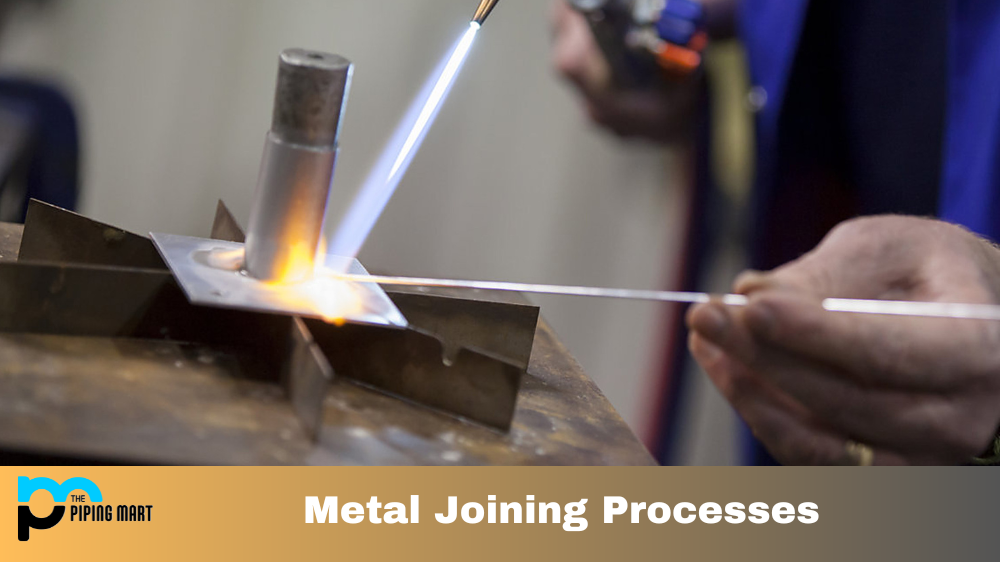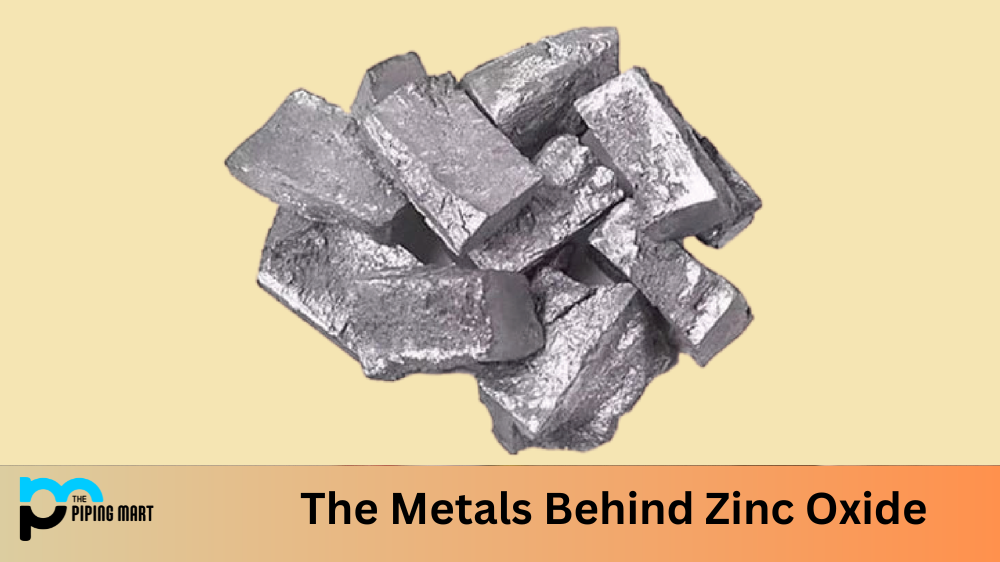When it comes to industrial metal joining, there are a lot of different processes that can be used. Each process is designed to provide a secure bond between two pieces of metal from riveting to welding. In this article, we’ll take a look at some of the most common industrial metal joining processes and explain how they work.
Welding
Welding is one of the oldest and most popular methods for joining metals together. It involves using a heat source to melt the edges of two pieces of metal before pressing them together. The weld created by this process is strong, durable, and resistant to corrosion. There are several types of welding processes, including arc welding, MIG welding, and TIG welding. Different tools may be required depending on the type of weld being performed.
Riveting
Riveting is another widely-used metal joining process that permanently fastens two pieces together with rivets. A rivet is a small cylindrical piece made from steel or aluminum that features two heads – one on each end – which hold the joint in place when it is compressed. Riveting is often used in construction and manufacturing because it allows for quick assembly without compromising strength or durability. However, unlike welding, riveted joints cannot be disassembled without damaging both parts involved in the connection.
Brazing
Brazing differs from both welding and riveting because no heat source is necessary to join two pieces of metal together; instead, a special metal alloy known as “brazing filler” is melted onto the joint between them using an acetylene torch or electric arc furnace. This creates a bond that holds both pieces securely without affecting their strength or integrity. Brazed joints can easily be disassembled if needed without damaging either part involved in the connection. Because brazing requires specialized tools and materials, it tends to cost more than other methods but can still be used for many applications due to its strength and flexibility.
Conclusion
As you can see, many different types of industrial metal joining processes are available depending on your needs and budget constraints. Welding is great for creating strong bonds between two pieces of metal quickly but can require specialized equipment; riveting offers quick assembly without requiring any heat sources, while brazing requires specialized materials but allows for easy disassembly if needed down the line. All three processes have their strengths and weaknesses, so it’s important to do your research before deciding which one best suits your needs!

Pipingmart is a B2B portal that specializes in metal, industrial and piping items. Additionally, we share the latest information and information about materials, products and various types of grades to assist businesses that are involved in this business.




